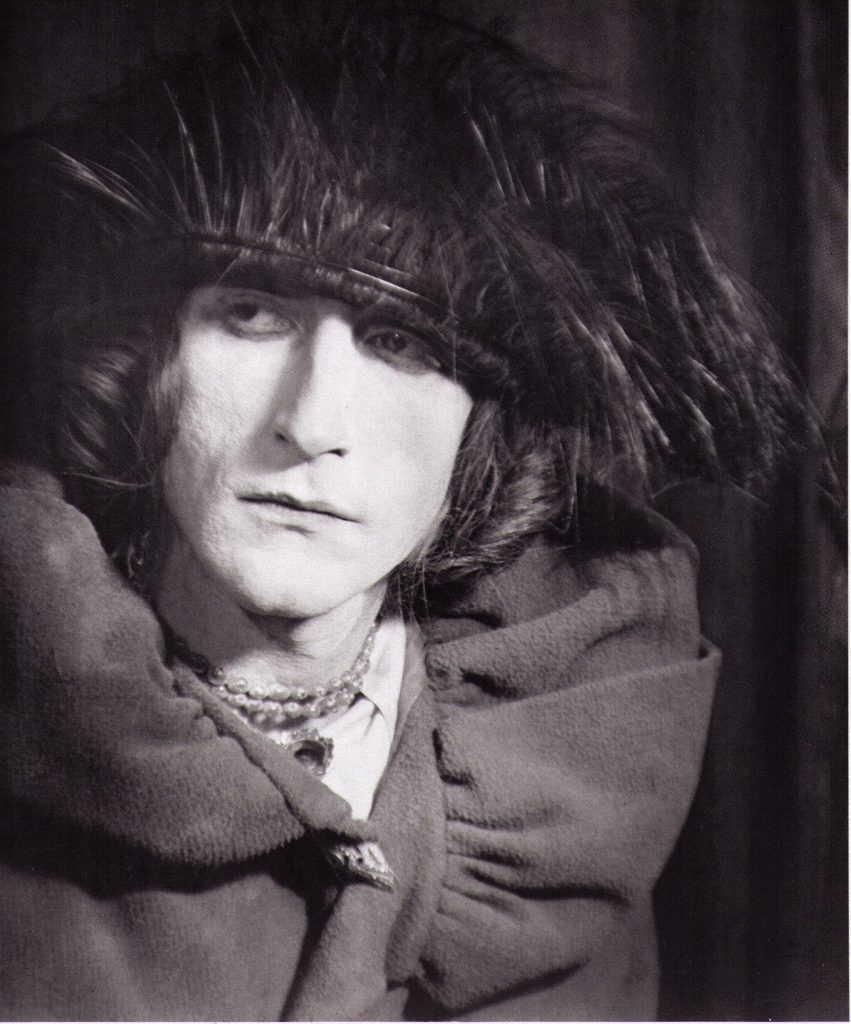Rrose Sélavy
02.09.2018Rrose Sélavy, Marcel Duchamp’s feminine alter ego, by Sylvie Aubenas
After the joint attempt at launching a museum of modern art called « Société anonyme Inc. », Marcel Duchamp gave his friend Man Ray a new challenge. In the early Twenties, at the photographer’s New York studio, a strange pose was being struck. Duchamp was dressed as a woman and wearing make-up, bringing an imaginary creature to life that would mark his work. This ambiguous effigy wearing a hat and string of pearls already had a name: Rrose Sélavy.
The brainchild of Duchamp, skilled at word play, puns and double meanings, this faux banal identity was open to a multitude of interpretations from the popular « Rose, c’est la vie ! » to « Eros c’est la vie » and « La vie en rose » and « arroser la vie » … These double meanings as well as the double R at the start of the name reinforced the duplicity of the character for the artist. Rrose with two Rs makes the name stand out more than the run of the mill name both in France and in the States where Marcel Duchamp was living at the time. This would obviously provide false leads and contradictory explanations regarding the choice of this pseudonym throughout his life.
A ready-made creation and author, Rrose spawned many pieces of work whose titles also had several meanings: French Window /Fresh Widow copyright Rrose Sélavy in 1920, Why not sneeze Rrose Sélavy in 1921. The ephemeral magazine, New-York Dada featured another creation by Duchamp and Man Ray on its cover, a bottle of perfume with a label illustrated with portrait of Marcel as Rrose called « Belle Haleine Eau de Voilette RS New-York Paris 1921 ». When Man Ray and Marcel introduced Rrose in Paris in 1921 to André Breton’s surrealist group, she was a roaring success. Robert Desnos provided aphormisms during the groups regular writing sessions. Words coined by Duchamp appeared that same year (1922) in Littérature, André Breton’s review. Rrose Sélavy appeared periodically for decades until a final dinner in her honour organised by Duchamp in Paris in 1965.
Sylvie Aubenas, an historian of photography, is Director of the Engravings and Photography Department of the Bibliothèque Nationale de France.


